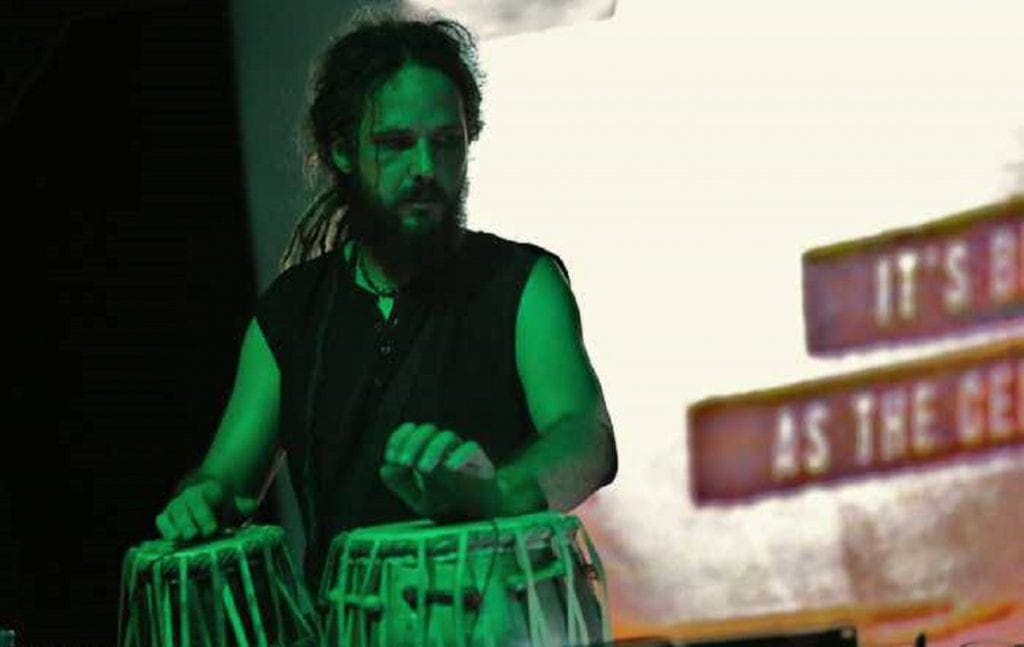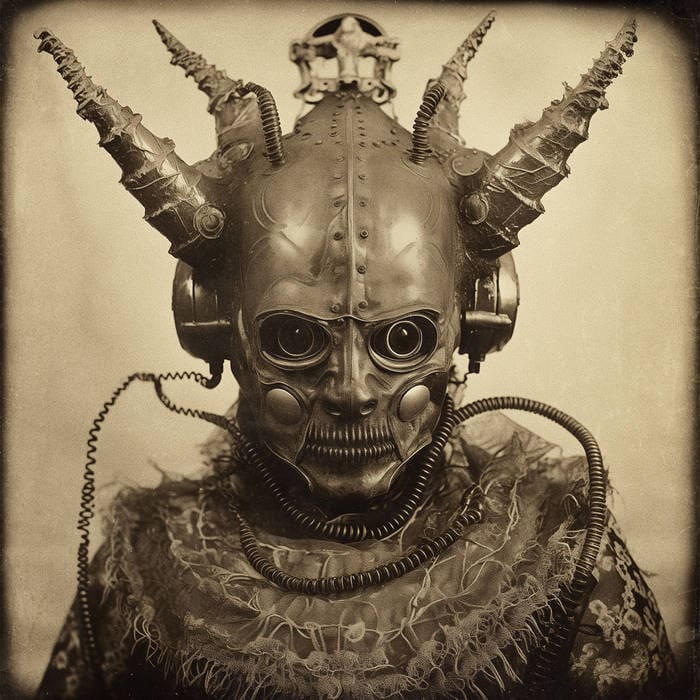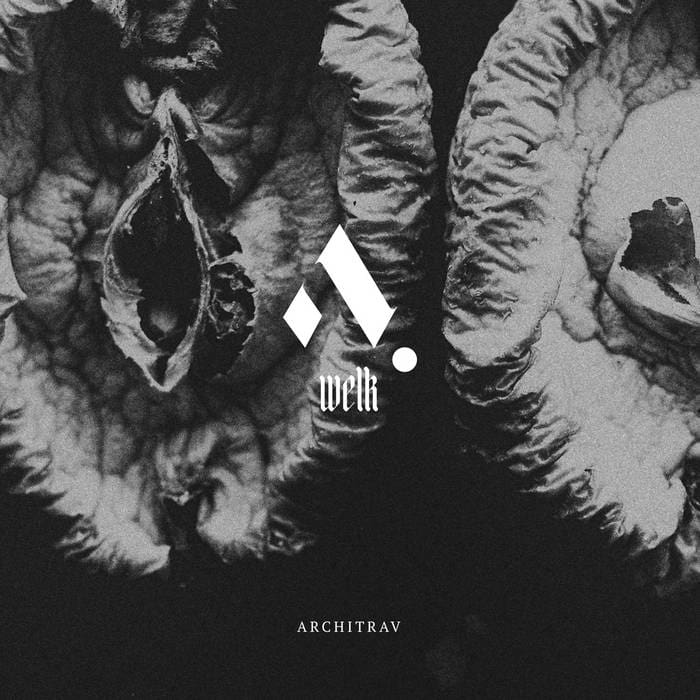‘Click Interview’ with SIAMGDA: ‘Cultural Boundaries, Fear Of Contact Or Just Following Rigid Structures Never Appealed To Me’


Marc Fischer is a German musician who started composing music during the 90s as STÖRFREQUENZ. During a vacation in Nepal he got in touch with new instruments, which inspired him to explore new sonic paths. SIAMGDA was born and several albums got released. Most productions got released on Marc’s own label Mind Plug Records while later on he got signed to Ant-Zen. A few more noticeable albums saw the daylight. SIAMGDA next signed to Hands and last year released the great opus “Here And Now”, which is a sonic fusion between Electro, Trance, Tribal and Techno. The tenth full length album of SIAMGDA also confirms the constant progression of this unique experience in sound.
(Courtesy by Inferno Sound Diaries)
Q: The story of SIAMGDA ever started on a trip in Nepal. Kathmandu is such a lovely and magical place, but how did it finally influence your work and career as musician?
Marc: At that time -around 2001, I had already been making Electronic music with another project, but was becoming increasingly dissatisfied with creating music by Electronic means. So I was searching for instruments which would allow me to create Electronic tunes in a more organic way.
Then in a small music university in the city of Bhaktapur, for the first time I came in contact with a wide range of instruments and music styles rooted in Indian classical, Nepali procession and ritual. I was immediately drawn to some of those strange-looking instruments, avid to find out how they were used and all the ancient stories connected with them. Many of these instruments were and are still used to induce meditative and Trance-like states, and are therefore seen as ancient tools that can help establish a connection with the Divine. Devoting one’s time to practising, playing and creating music is seen as a spiritual act and is considered to be one of the archetype’s of yoga.
And so it came that this radically different approach to music in combination with those weird sounding instruments, opened up a whole new world of thoughts, rhythms and noises for me. I started taking Indian tabla (drumming) lessons and from there, things took their course… and the trip that I had planned to last just a couple of weeks turned into a journey of quite few years.
Q: It probably explains why SIAMGDA creates a sonic bridge between the Western- and Eastern culture, but when listening to your music I get the feeling there’re no real cultural boundaries. Do you think music has the ‘power’ to bring people together? And what does SIAMGDA really stand for and mean to you?
Marc: No doubt, sharing, collaborating and celebrating the universal language of music brings people from all kind of origins, backgrounds and corners of the world together all the time. Cultural boundaries, fear of contact or just following rigid structures never appealed to me. It is like sticking to one musical genre only, a limitation. If we narrow ourselves down in this way, we miss a lot of the diversity and beauty that the world of music and the world in general has to offer. In this sense, with SIAMGDA I try to express an open, cross-cultural breed, fusing ideas of various music genres, cultural traditions and spiritual rituals.
Q: How do you see the evolution in sound and composition throughout the different albums? And do you have specific ideas in sound you ever want to reach?
Marc: When I started recording the first SIAMGDA album, the idea was to create a more organic, fused Electronic sound that is not too sterile and polished, and that has an ancient, Tribal touch to it, and yet sounds timeless and gives enough space for the listener’s own interpretations -to reflect and celebrate the diversity of life.
With respect to the sounds and compositions of the first SIAMGDA albums, the tracks I worked on went through many changes before they were finalised. This was mainly due to my excessive travelling across India and Nepal at the time. My access to recording equipment was very limited, so whenever the opportunity to record something manifested, I used it. In a way, the first albums are like puzzles, recorded in different studios and with whatever equipment and devices I could get my hands on.
Over time, I was able to acquire a more compact equipment that allowed me to record and shape my tracks anywhere while travelling.
Q: Your newest album “Here And Now” is the tenth SIAMGDA full length. It all feels a bit like a serious accomplishment, but what does it really mean to you and how do you look back at the writing- and production process of the work?
Marc: Around the time when I did the finishing touches on the “Noise Yoga”-album, I decided to move to Berlin for a while. There, after having lived mainly in Asia and not been interested in going out and partying for many years, I rediscovered the fun and power that a packed dance floor with a good moving crowd can have. So while producing “Here And Now”, I also spent a serious number of hours on the dance floor, and this feel has infused my music, as I guess you can hear listening to this album.
Q: Can you give us more details about your way of working? How do you prepare and conceive an album? What about the instruments you’re using plus eventually field recordings and samplings? The recording and production?
Marc: I try to keep my productions and the setup very simple, without using too many frills. I don’t have a specific working method. Mostly, the tracks start as spontaneous happenings and slowly, over time they evolve and take form. For background soundscapes and noisy layers, I use a wide range of field recordings and various instruments that I recorded around Asia and during musical exchanges and jam session with artists from around the world. For rhythms, I use a combination of drum synthesizer, finger drum pads combined with a couple of multi-effects devices. Additionally, I do improvised vocals and use a few software-based electronic drums, kicks and minimal synthesizer touches here and there.
Q: How do you as an artist experience and face the Covid-19 pandemic?
Marc: Overall, for me personally, it was quite a productive and energizing time, perfect for slowing down, keeping to myself and focussing a bit more on softer, Ambient Soundscapes for meditation and slow body movements. I am planning to release these tunes soon under my HERTZKLANG project.
Since you’re here …
… we have a small favour to ask. More people are reading Side-Line Magazine than ever but advertising revenues across the media are falling fast. Unlike many news organisations, we haven’t put up a paywall – we want to keep our journalism as open as we can - and we refuse to add annoying advertising. So you can see why we need to ask for your help.
Side-Line’s independent journalism takes a lot of time, money and hard work to produce. But we do it because we want to push the artists we like and who are equally fighting to survive.
If everyone who reads our reporting, who likes it, helps fund it, our future would be much more secure. For as little as 5 US$, you can support Side-Line Magazine – and it only takes a minute. Thank you.
The donations are safely powered by Paypal.








